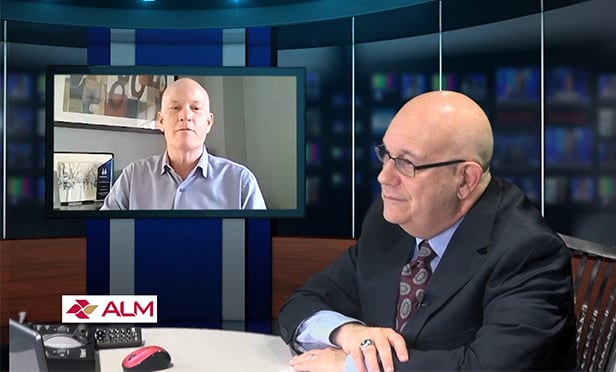IRVINE, CA—RealtyTrac says 25 million US homes are in zip codes at high risk or very high risk for man-made environmental hazards—representing 38% of the 64 million homes in all zip codes analyzed.
The data firm recently released its second annual Manmade Environmental Hazards Housing Risk Report, which also shows that the combined estimated market value of the 25 million homes in high risk or very high risk zip codes was $6.9 trillion as of November.
For the report, RealtyTrac analyzed 7,751 zip codes with sufficient home price and appreciation data nationwide for the prevalence of five man-made environmental hazards: air quality, superfund sites, polluters, brown-fields and former drug labs. An index based on these five factors was assigned to each zip code, and index scores were divided into five categories of risk: very high, high, medium, low and very low.
"Buying a home in an area with low risk of manmade environmental hazards may not just be a good idea for health and safety reasons; it may also be good for financial reasons," said Daren Blomquist, vice president at RealtyTrac. "Across the country, home prices in high risk zip codes were lower on average, and appreciation over the last 10 years slower when compared to home prices and 10-year appreciation in low risk zip codes."
Median home prices lower, 10-year price appreciation slower in high-risk zip codes
The median sales price of homes in high risk zip codes for man-made environmental hazards was $251,106 in 2015 on average, 15% lower than the median sales price of $295,202 for homes in zip codes with low or very low risk.
Median home prices in high risk and very high risk zip codes were still 1.8% lower than they were 10 years ago on average, even while median home prices in low risk zip and very low risk zip codes were up 5.3% from 10 years ago.
Home price appreciation over the past year was also stronger in low and very low risk zip codes, up an average of 7.3% from 2014 to 2015 compared to an average increase of 6.4% in high risk and very high risk zip codes. Five-year price appreciation was stronger in high risk and very high risk zip codes, up 27.7% in 2015 from 2010 compared to an average increase of 26.8% in low risk and very low risk zip codes.
There were 12 major metro areas with no zip codes at high risk for manmade environmental hazards: Albuquerque, NM; Anchorage; Cape Coral-Fort Myers, FL; Charleston, SC; Myrtle Beach, SC; Naples, Florida; Palm Bay, FL, Port St. Lucie, FL; Provo-Orem, UT; Salinas, CA; Santa Rosa, CA; and Winston-Salem, NC.
"Miami is a 21st century city, with most of our development post World War II, with no real environmental baggage from the past," said Mike Pappas, CEO and president of the Keyes Company, covering the South Florida market, where only 3% of zip codes were rated very high risk or high risk for manmade environmental hazards. "We have clean air, blue skies, clean water and clean industry."
The top 12 "dirty dozen" metro areas with the highest percentage of zip codes at high risk for manmade environmental hazards were Riverside-San Bernardino in Southern California; Akron, OH; Cleveland; Stockton, CA; Louisville, KY; Reading, PA; Toledo, OH; El Paso, TX; Los Angeles; Kansas City; Grand Rapids, MI; and Bakersfield, CA.
"The lingering effects of drug particles in a home where drugs have been stored or made can have devastating effects on the health of the next occupants of the property. With a record number of drug overdose deaths across Ohio this year, there has been an increase in enforcement to determine where the drugs are stored and made," said Michael Mahon, president at HER Realtors, covering the Cincinnati, Dayton and Columbus markets in Ohio. "As public record history details are usually not readily available regarding drug use in a property, consumers are strongly encouraged to require an air quality check to their pre-purchase property inspections. Many Realtors maintain a list of certified inspectors that offer such services to provide the added benefits of environmental inspections to insure the health, safety, and welfare of consumers in their home."
© 2025 ALM Global, LLC, All Rights Reserved. Request academic re-use from www.copyright.com. All other uses, submit a request to [email protected]. For more information visit Asset & Logo Licensing.








